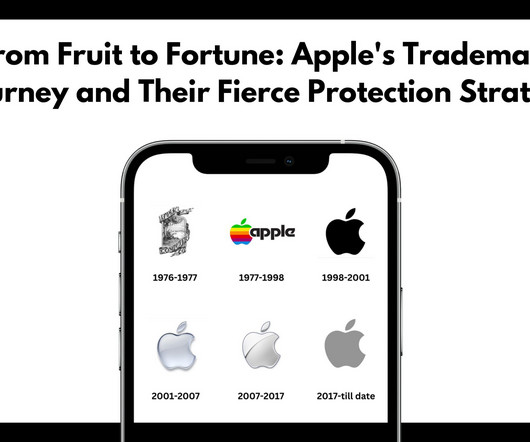Cease-and-Desist Letter: How to Use It Effectively or Reply
Patent Trademark Blog
MAY 31, 2023
Why send a cease-and-desist letter? On its surface, a cease-and-desist letter seems like a less expensive way to enforce intellectual property rights. Perhaps you might want to send them a C&D letter to get them to respect your patents. Would it make sense to send them a trademark infringement letter.












Let's personalize your content